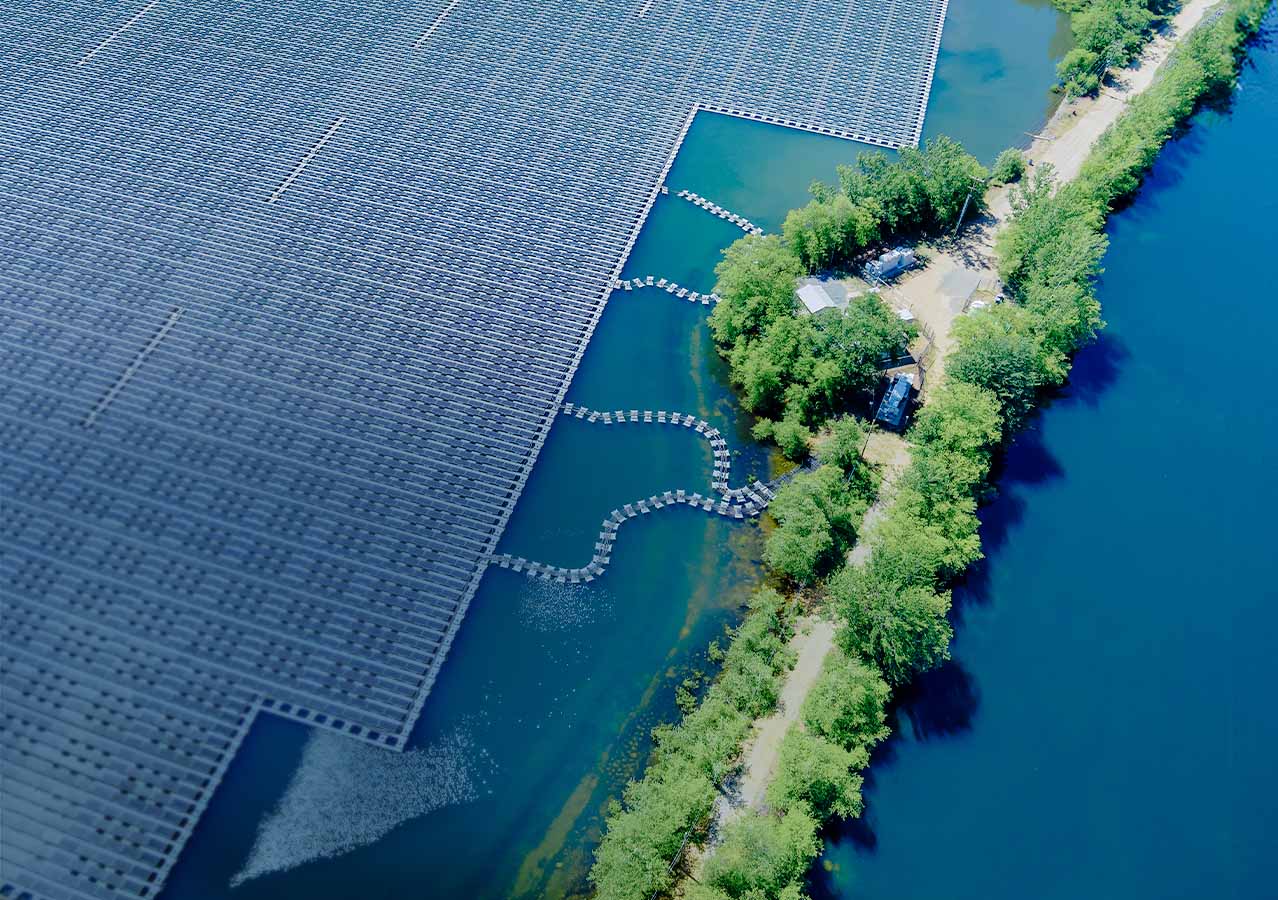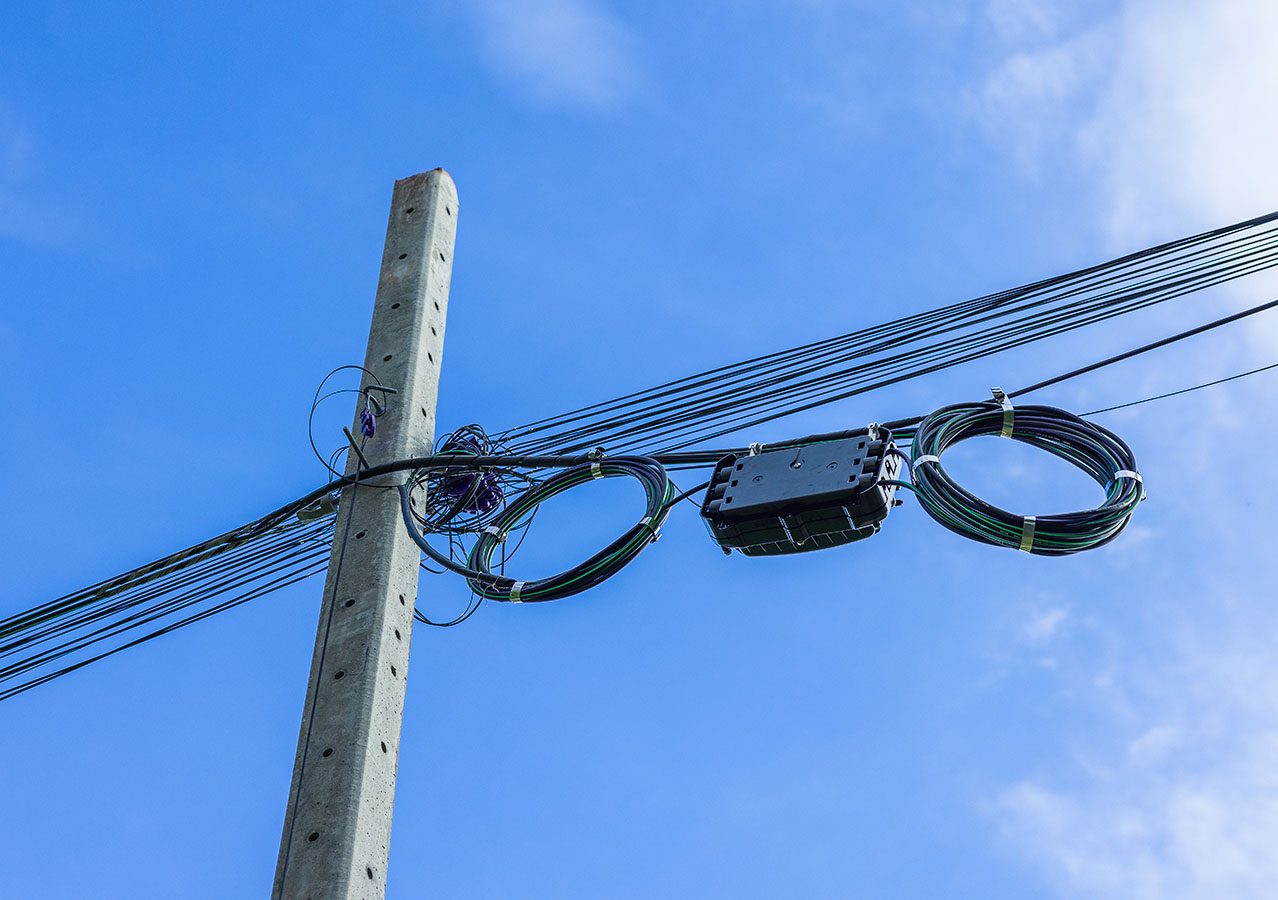

Case Study
Making the green journey with KBJNL!
Client: Krishna Bhagya Jala Nigal Limited ( KBJNL )
Industry: Renewable Energy Resources
Project: 10.00 MW GRID CONNECTED CANAL TOP SOLAR PHOTOVOLTAIC POWER PROJECT
Period: 25 years. Commenced in 2018
Background: Krishna Bhagya Jala Nigal Limited (KBJNL) is a significant water resource management organization based in Karnataka, India, which was established to harness and effectively utilize the water potential of the Krishna River. KBJNL plays a crucial role in irrigation, hydroelectric power generation, and overall water management in and around Bangalore. Focusing on efficient water utilization and conservation, KBJNL has been instrumental in implementing various projects and initiatives to address the water needs of the city, showcasing a commitment to responsible water resource management.
Client's Objectives:
● Switch to the Green energy
● Find alternatives and address crucial Water - Energy - Food nexus
Challenges: The project involved the implementation of the 10 MWp solar electric power plant using Multi Crystalline Technology and it was not an easy task. We had to consider the arid climatic conditions on the site and, the complex nature of component integration of solar modules to power units and transformers. These involved various technical and logistical challenges which were strategically resolved by our team. In addition to this, the commitment to providing efficient energy generation while addressing the Water-Energy-Food nexus is hurdled as a layer of complexity.

Approach:
Technology Selection: After a thorough study, Multi Crystalline Technology with 345 - 355 Wp Canadian Solar modules opted for the project, considering its compatibility with the climate conditions of the site. This helped us maintain both robust performance and durability at a go as it flawlessly aligned with the long-term sustainability goals of the client.
Design Strategy: In Solar projects, maximum sunlight and energy absorption are key. Therefore, we implemented ground-mounted structures on canal tops thoughtfully optimizing the orientation. This approach consequently reduced evaporation from the canal contributing to water conservation and enhancing green footprint.
System Integration: As many as 10 Power Conditioning Units were employed to seamlessly convert the DC voltage output of the 10 MWp Crystalline Technology PV array to 3-phase 380 V AC, ensuring synchronization with the grid. This boosts the reliability and stability of the plant.
Modular Layout & flexibility: Divided the 10 MW solar PV project into 5 block segments, each equipped with grid-connected power conditioning units, streamlining the complex DC to AC conversion process. This modular approach not only improved efficiency but also allowed for easier maintenance and scalability, supporting the adaptability of the solar power plant to future requirements.
Real-Time Insights: The incorporation of SCADA and a PC-based monitoring desk for real-time data collection and analysis provides insights into the performance of the solar power plant. This facilitates proactive maintenance and decision-making regarding the optimization of plant performance.
Results
-
It reduces evaporation.
-
The plant generates an Average of 1.6 MU/MWac
-
It provides Power to Agriculturist in nearby villages
-
It encourages decentralized generations
-
It also addresses the crucial Water-Energy-Food nexus
Our other Insights
Powering connectivity. Forging Future.
Attention
This website is best viewed in portrait mode.



.jpg)







